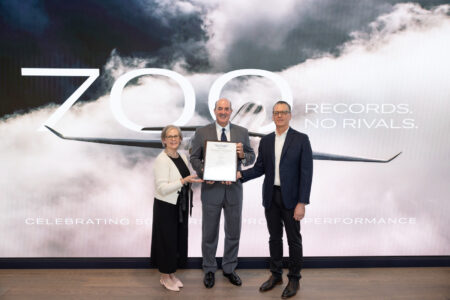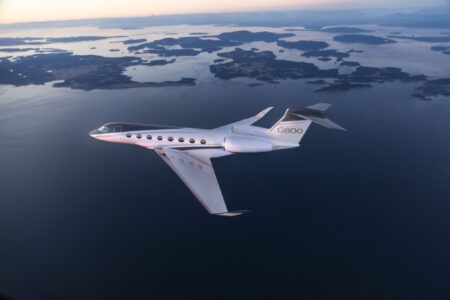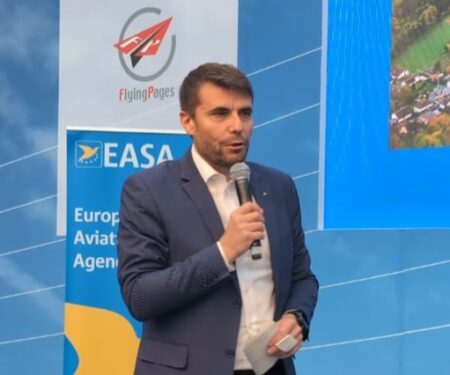Duncan Aviation has expanded its 3D design capabilities with the employment of multimedia artist Dan Ryba, who specializes in 3D illustrating. Ryba will be part of the company’s in-house aircraft interior and paint design team and will create bespoke designs for clients.
Conceptual illustrations using 3D technology help clients visualize how the interiors of their jet could look, with inspiration ranging from carpet colors to exterior modifications.
Ryba said, “When clients look at the illustration, they might say ‘the darker material is too heavy for that space. Let’s go with the lighter color.’ Or, if they really want that dark color, we can suggest other options, such as going with a lighter color on the leather seats or carpet to provide more of a contrast and get the ratio of light to dark correct.
“It’s far better to find out on the front end before any work has been done on a project. Our clients especially appreciate being able to see exactly what they’re getting.”
The 3D modeling format is also useful as it allows the production team to carry out analysis prior to the beginning of major work. In addition, the Duncan Aviation sales team can request a 3D image of the design for the client and include it in the sales package when a face-to-face meeting is not possible.
Fellow designer Ken Reita added, “Recently, a client, interior team lead, engineer, salesperson and I were sitting at a conference table with a 3D preliminary concept of a credenza cabinet. Using the 3D model as a focal point for our discussion, we went through each modification.
“For the cabinet, the client wanted to see where the electronics would plug in and how they’d look sitting on the shelves. The engineer looked over the model to see how to mitigate heat build-up and where to put the ventilation and wiring. The team leader wanted to make sure the cabinet shop could build the shelves and install pocket doors with the rounded edges and corners in the design. I was concerned about retaining the beauty and balance of the design. With all of our input, we figured it out quickly before any production was started.”




